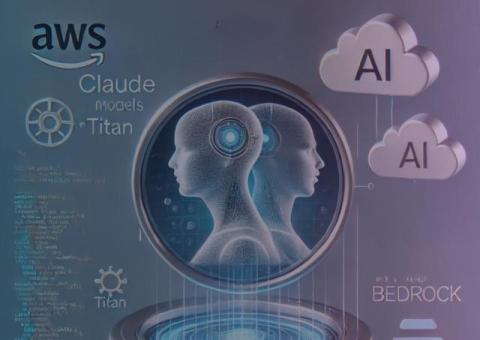Introducing KlaudiaAI: Redefining Kubernetes Troubleshooting with the Power of AI
For years, AI in operations was plagued by noise—overwhelming alerts, false positives, and a lack of actionable insights. The tools available promised much, but often delivered little, leading to a loss of trust. However, with the groundbreaking work by platforms like OpenAI and the emergence of trustworthy AI tools like Copilot, the potential of AI in operations has never been nearer and clearer.











